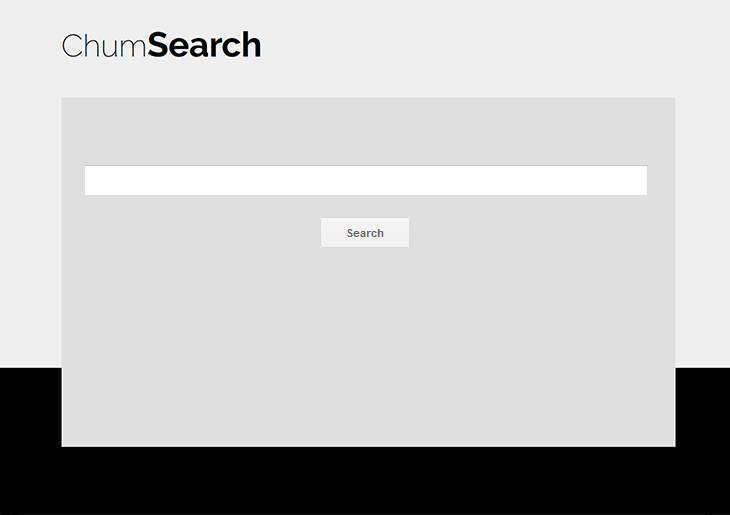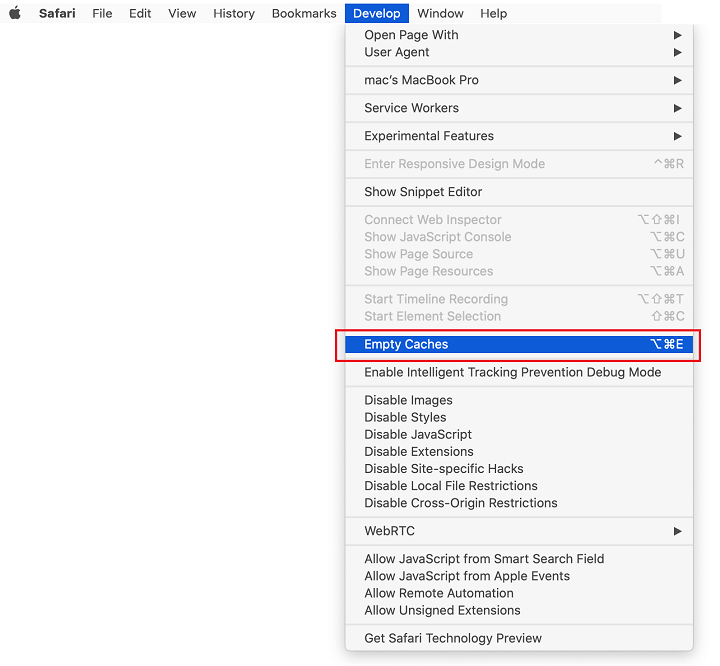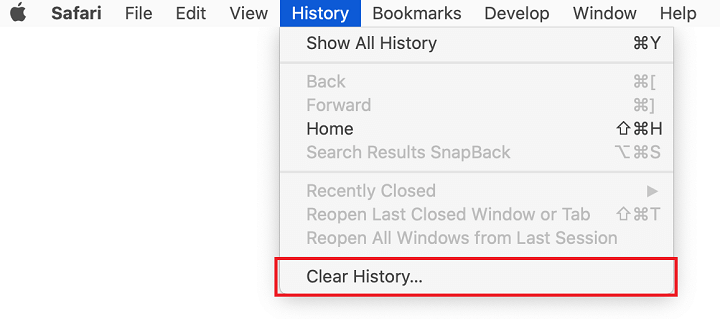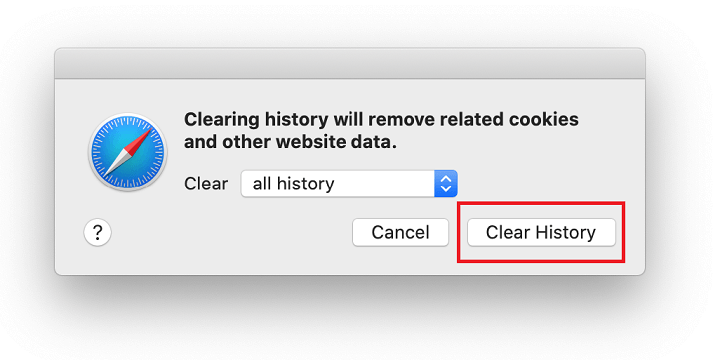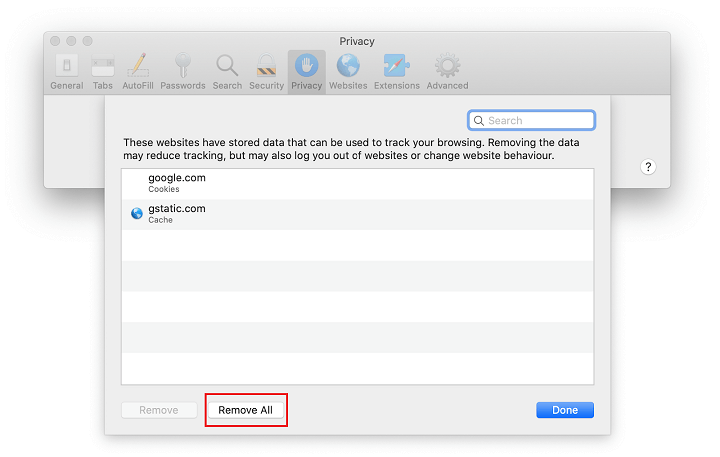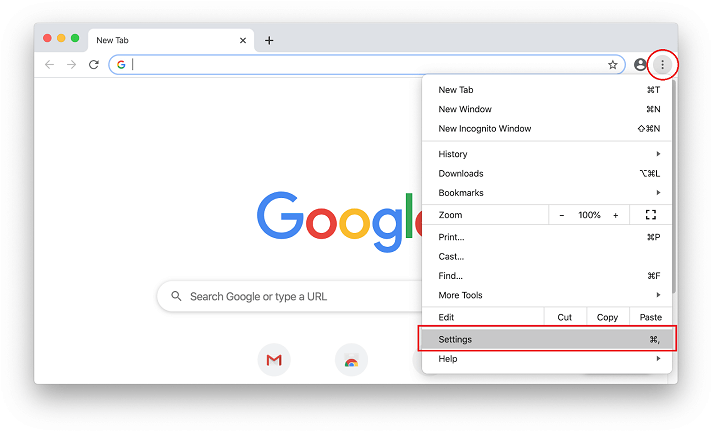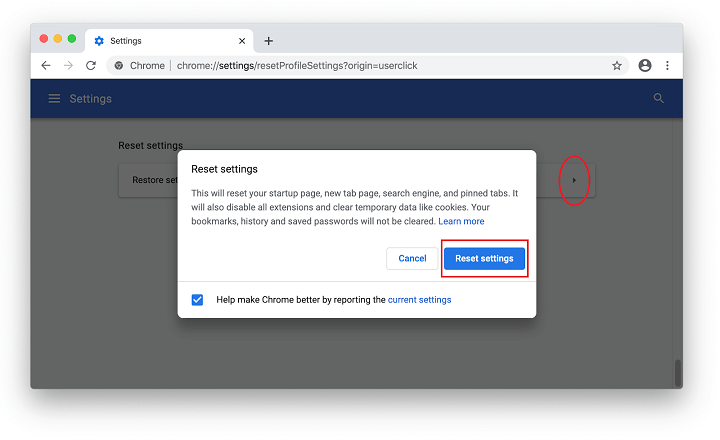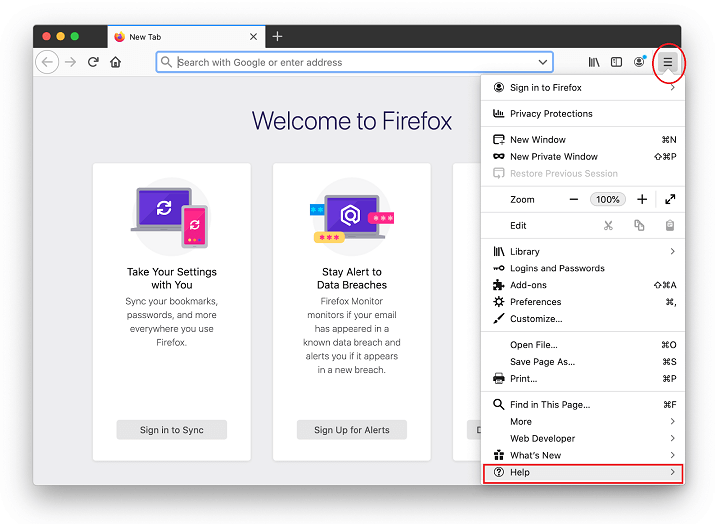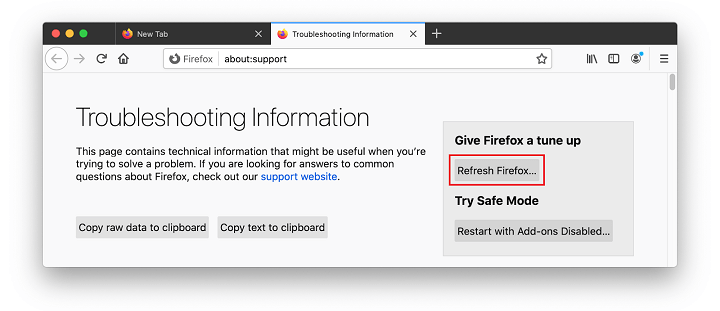Read the article to understand the anatomy of ChumSearch virus and learn easy steps that will make the annoying browser redirects discontinue for good.
Some of the infected Mac users have been noticing the ChumSearch redirect problem appear after an Adobe Acrobat Reader download. The vendor of said legitimate software is certainly not involved in any sort of drive-by promotion of third-party products. This is quite likely an evidence of a bundling scheme that the adware authors are leveraging to serve their bug. Sticking with official distribution channels in the course of freeware installs is therefore the rule of thumb to stay safe. Meanwhile, there are web resources that push popular apps along with malicious ones. The tailgating technique proved to be effective for ChumSearch threat propagation on a large scale, so mind what you download and where.
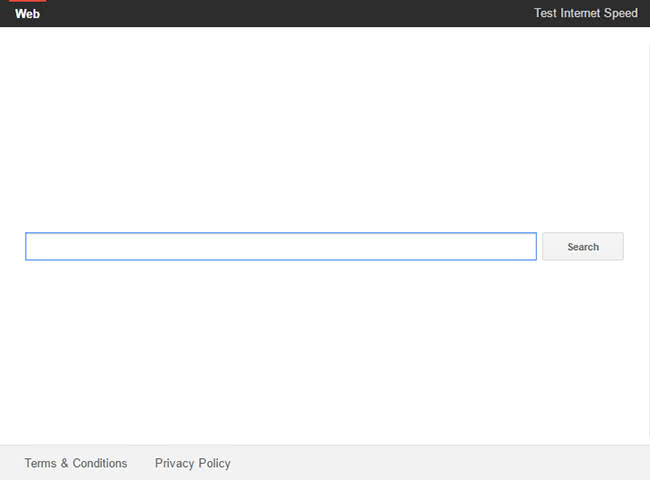
The offending applet under consideration acts furtively as it changes the target Mac user’s Internet preferences. Because the adware is cross-browser, it doesn’t matter what type of web navigation software the victim uses. Whether it’s Safari, Chrome or Firefox, the default homepage and search settings will be changed to chumsearch.com. To top it off, the infection executes a script that will be triggering ChumSearch page randomly or after a click anywhere within the browser window. Not only is this activity annoying, but it also extends the websites loading time appreciably.
This assault tends to be accompanied by ad injection. This is a malvertising technique that results in the display of coupons, price comparison blocks, banners and inline text on different web pages visited from an infected machine. This used to be a Windows-only phenomenon, but black hat hackers have been actively going after Mac OS X with quite a bit of success, obviously. Yet another adverse effect of ChumSearch is the harvesting of victims’ fingerprintable online data such as browsing history and logon instances. This means that one’s privacy is at risk, too. Below are instructions that will help eradicate ChumSearch adware and thus thwart the noxious redirects and ad serving.
Get rid of ChumSearch virus in web browser on Mac
To begin with, the web browser settings taken over by the ChumSearch virus should be restored to their default values. Although this will clear most of your customizations, web surfing history, and all temporary data stored by websites, the malicious interference should be terminated likewise. The overview of the steps for completing this procedure is as follows:
- Remove ChumSearch virus from Safari
- Open the browser and go to Safari menu. Select Preferences in the drop-down list.

- Once the Preferences screen appears, click on the Advanced tab and enable the option saying “Show Develop menu in menu bar”.

- Now that the Develop entry has been added to the Safari menu, expand it and click on Empty Caches.

- Now select History in the Safari menu and click on Clear History in the drop-down list.

- Safari will display a dialog asking you to specify the period of time this action will apply to. Select all history to ensure a maximum effect. Click on the Clear History button to confirm and exit.

- Go back to the Safari Preferences and hit the Privacy tab at the top. Find the option that says Manage Website Data and click on it.

- The browser will display a follow-up screen listing the websites that have stored data about your Internet activities. This dialog additionally includes a brief description of what the removal does: you may be logged out of some services and encounter other changes of website behavior after the procedure. If you’re okay with that, go ahead and click on the Remove All button.

- Restart Safari
- Open the browser and go to Safari menu. Select Preferences in the drop-down list.
- Remove ChumSearch in Google Chrome
- Open Chrome, click the Customize and control Google Chrome (⁝) icon in the top right-hand part of the window, and select Settings in the drop-down

- When on the Settings pane, select Advanced
- Scroll down to the Reset settings section.

- Confirm the Chrome reset on a dialog that will pop up. When the procedure is completed, relaunch the browser and check it for malware activity.

- Open Chrome, click the Customize and control Google Chrome (⁝) icon in the top right-hand part of the window, and select Settings in the drop-down
- Remove ChumSearch from Mozilla Firefox
- Open Firefox and go to Help – Troubleshooting Information (or type about:support in the URL bar and press Enter).


- When on the Troubleshooting Information screen, click on the Refresh Firefox button.

- Confirm the intended changes and restart Firefox.
- Open Firefox and go to Help – Troubleshooting Information (or type about:support in the URL bar and press Enter).
Get rid of ChumSearch virus using Combo Cleaner automatic removal tool
The Mac maintenance and security app called Combo Cleaner is a one-stop tool to detect and remove ChumSearch virus. This technique has substantial benefits over manual cleanup, because the utility gets hourly virus definition updates and can accurately spot even the newest Mac infections.
Furthermore, the automatic solution will find the core files of the malware deep down the system structure, which might otherwise be a challenge to locate. Here’s a walkthrough to sort out the ChumSearch issue using Combo Cleaner:
- Download Combo Cleaner installer. When done, double-click the combocleaner.dmg file and follow the prompts to install the tool onto your Mac.
By downloading any applications recommended on this website you agree to our Terms and Conditions and Privacy Policy. The free scanner checks whether your Mac is infected. To get rid of malware, you need to purchase the Premium version of Combo Cleaner.
- Open the app from your Launchpad and let it run an update of the malware signature database to make sure it can identify the latest threats.
- Click the Start Combo Scan button to check your Mac for malicious activity as well as performance issues.

- Examine the scan results. If the report says “No Threats”, then you are on the right track with the manual cleaning and can safely proceed to tidy up the web browser that may continue to act up due to the after-effects of the malware attack (see instructions above).

- In case Combo Cleaner has detected malicious code, click the Remove Selected Items button and have the utility remove ChumSearch threat along with any other viruses, PUPs (potentially unwanted programs), or junk files that don’t belong on your Mac.

- Once you have made doubly sure that the malicious app is uninstalled, the browser-level troubleshooting might still be on your to-do list. If your preferred browser is affected, resort to the previous section of this tutorial to revert to hassle-free web surfing.
